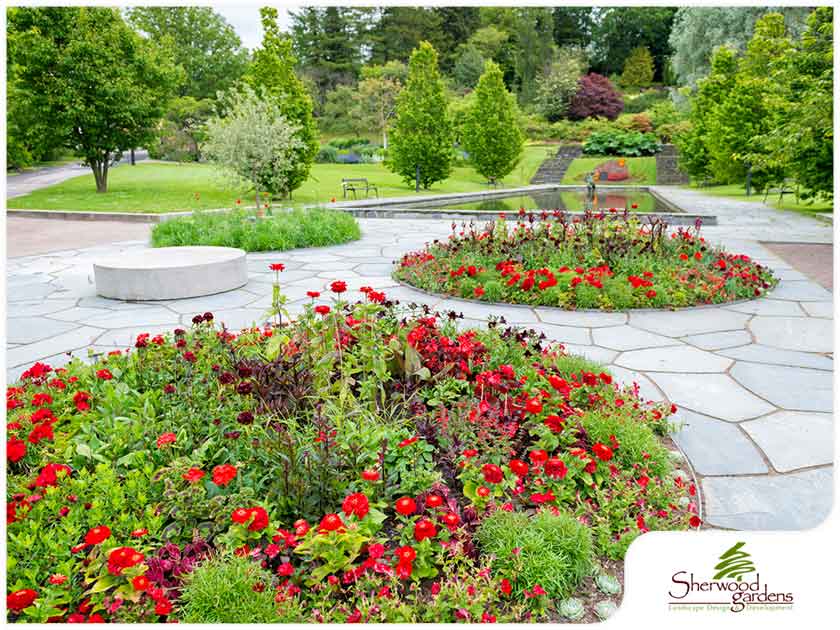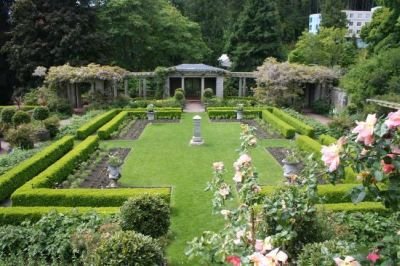The Basic Principles Of Hilton Head Landscapes
10 Simple Techniques For Hilton Head Landscapes
Table of ContentsThe Greatest Guide To Hilton Head LandscapesGet This Report on Hilton Head LandscapesThe smart Trick of Hilton Head Landscapes That Nobody is DiscussingHow Hilton Head Landscapes can Save You Time, Stress, and Money.Fascination About Hilton Head LandscapesThe Best Guide To Hilton Head LandscapesThe 10-Minute Rule for Hilton Head Landscapes
Line develops all types and patterns and can be used in a selection of methods the landscape. Line in the landscape is developed by the side between two materials, the rundown or shape of a form, or a lengthy direct attribute. Lines are an effective tool for the developer since they can be used to produce an unlimited variety of forms and kinds, and they regulate movement of the eye and the body.

Lines can have one or more characteristics, such as those defined listed below, however they usually serve various functions. Number 1. Lines in the landscape - Landscapers near me. The buildings of lines establish how individuals react to the landscape, both mentally and literally. Straight lines are structural and strong; they develop an official personality, are typically associated with an in proportion layout, and lead the eye straight to a focal factor.
Examine This Report about Hilton Head Landscapes
Curved lines produce an informal, natural, relaxed personality that is connected much more with nature and asymmetrical balance. Bent lines move the eye at a slower rate and add mystery to the room by developing covert views.
Upright lines in the landscape include tall, slim plant product, such as trees, or tall structures, such as an arbor or a bird house on a post. Straight lines relocate the eye along the ground airplane and can make an area feel bigger. Low lines are extra restrained and produce a feeling of remainder or repose.
Some Known Questions About Hilton Head Landscapes.
Low lines are created by reduced garden wall surfaces, pathways, and brief bushes. Lines are utilized to attract forms on a plan. In strategy sight, they define plant beds and hardscape locations. Lines are also developed by the vertical types of constructed attributes and plant material. There are 3 key line kinds that create form in the landscape: bedlines, hardscape lines, and plant lines.
Bedlines attach plant product to your home and hardscape since the eye follows the line, relocating the stare with the landscape. Hardscape lines are developed by the edge of the hardscape, which delineates the developed structure. Line can also be developed by long and narrow products, such as a fencing or wall surface.
Things about Hilton Head Landscapes
Type is located in both hardscape and plants, and it is normally the leading aesthetic element that spatially organizes the landscape and frequently figures out the design of the garden. The type of frameworks, plant beds, go to my site and garden ornaments additionally identifies the total form style of the yard. Formal, geometric kinds include circles, squares, and polygons.
Plants develop form in the garden with their lays out or silhouettes, however type can also be specified by a space or unfavorable space between plants - landscapers in bluffton sc (https://pastebin.com/u/h1tnhdlndscps). Circles can be full circles, or they can be divided right into half circles or circle segments and combined with lines to develop arcs and tangents
Hilton Head Landscapes Can Be Fun For Anyone
Circles are a solid design type due to the fact that the eye is constantly attracted to the center, which can be made use of to stress a focal point or link various other kinds. Circular forms in hardscape and yard panels.
The square kind can also be segmented and used repetitively to create a grid pattern. Unlike circles, squares are more powerful on the brink, which can be lined up or overlapped to produce special patterns and more complex types. Polygons are many-sided kinds with straight sides. Triangles, for example, are three-sided polygons.
Meandering lines often resemble the natural course of rivers or streams and can be referred to as smooth lines with deeply curved wavinesses. Meandering lines (Number 3) function well for paths, plant bedlines, and dry stream beds. Meandering lines can add passion and mystery to a garden by leading visitors around corners to uncover new views and rooms.
Hilton Head Landscapes - Questions

Number 5. Fragmented sides: tipping stones in pathway. Type is one of the most enduring quality of a plant (landscaping hilton head sc). https://issuu.com/h1tnhdlndscps. Usual plant types are well established and standardized, as kind is one of the most regular and recognizable attribute of plants. Kind can likewise be created via the massing of plants, where the overall mass creates a various kind than a private plant.
An extremely different type must be utilized with careone or more job well as a focal point, but way too many develop chaos. All-natural plant kinds, rather than over-trimmed kinds, must establish the mass of the structure. The relevance of overall kind is a lot more or less depending on the seeing perspectivethe form of a tree can show up quite different to an individual standing under the canopy versus viewing the tree from a range in an open area.
The 20-Second Trick For Hilton Head Landscapes
Plant forms likewise develop and define deep space or open spaces in between the plants, creating either convex or concave forms in the gaps. High-arching tree branches typically create a concave open space under the branches, and a rounded canopy with low branches fills up the room to develop a convex type in the open room under the tree.
